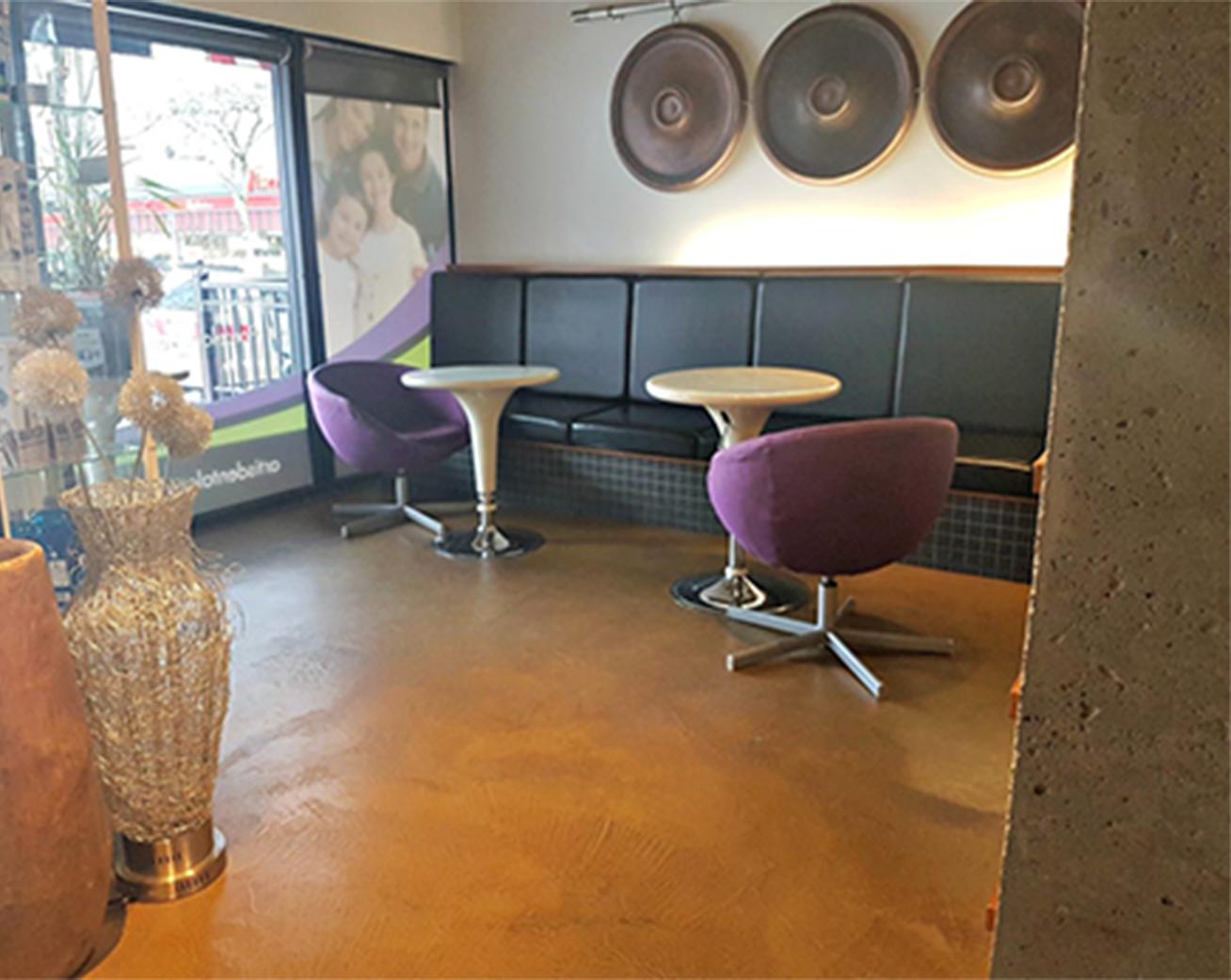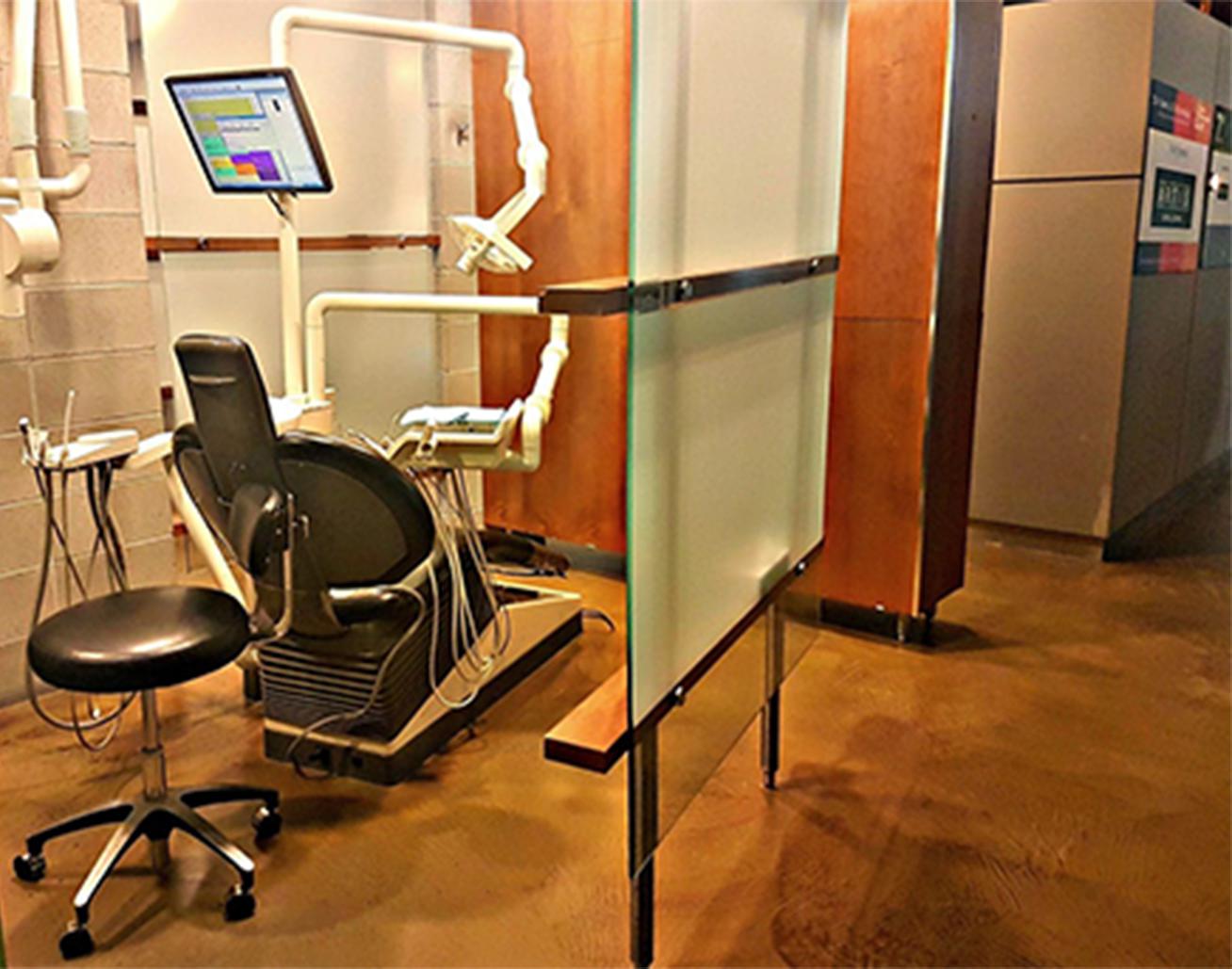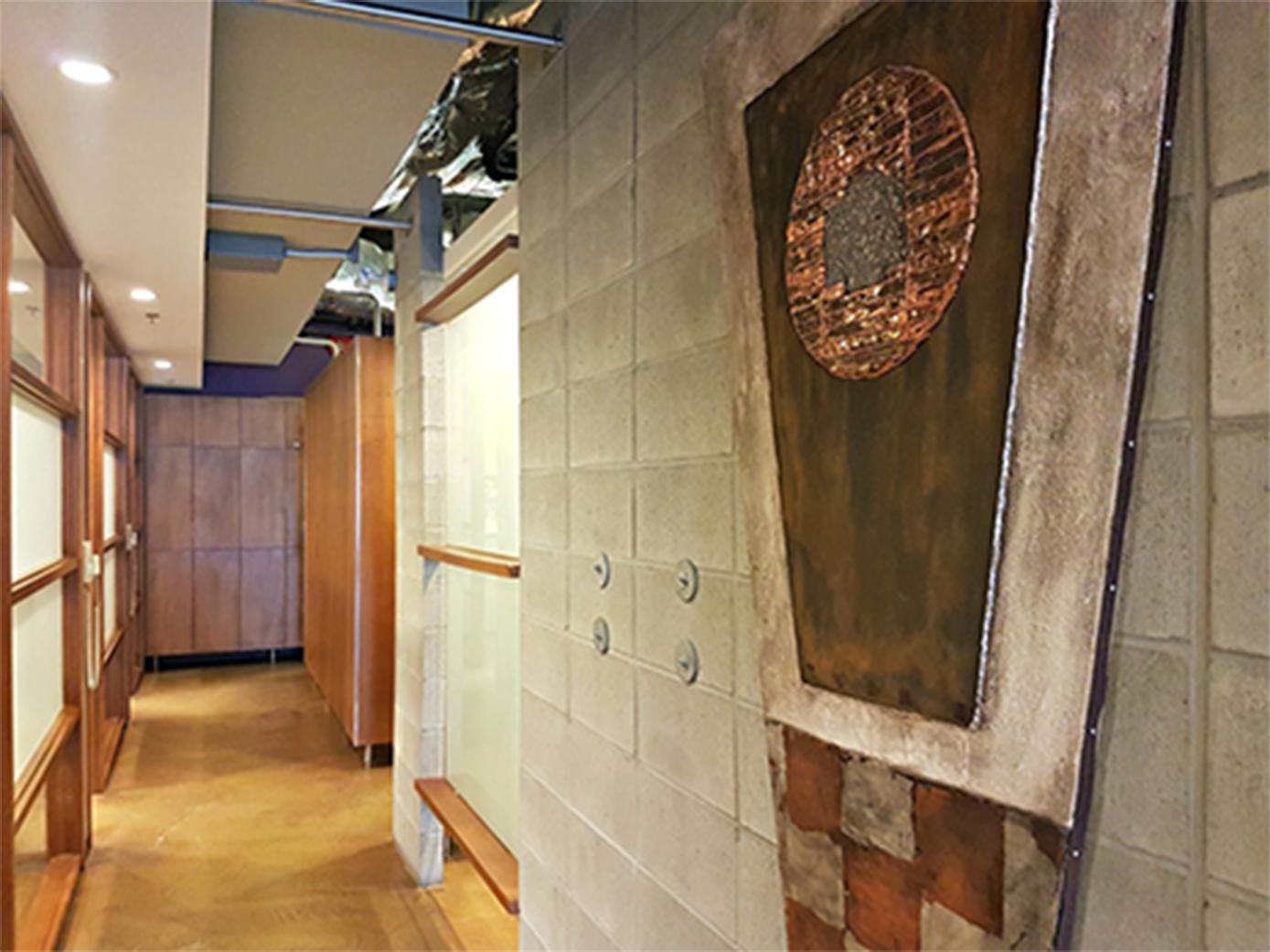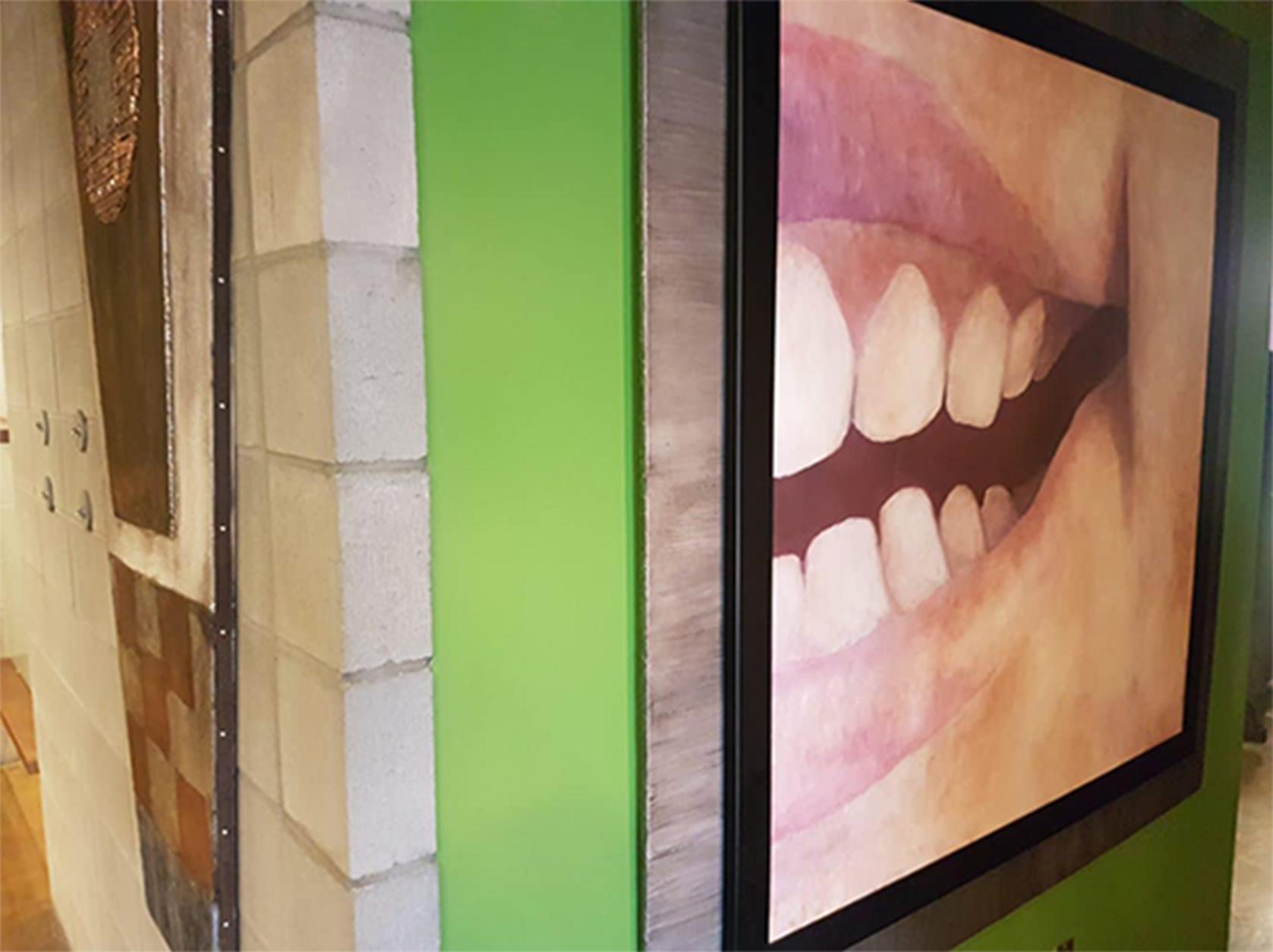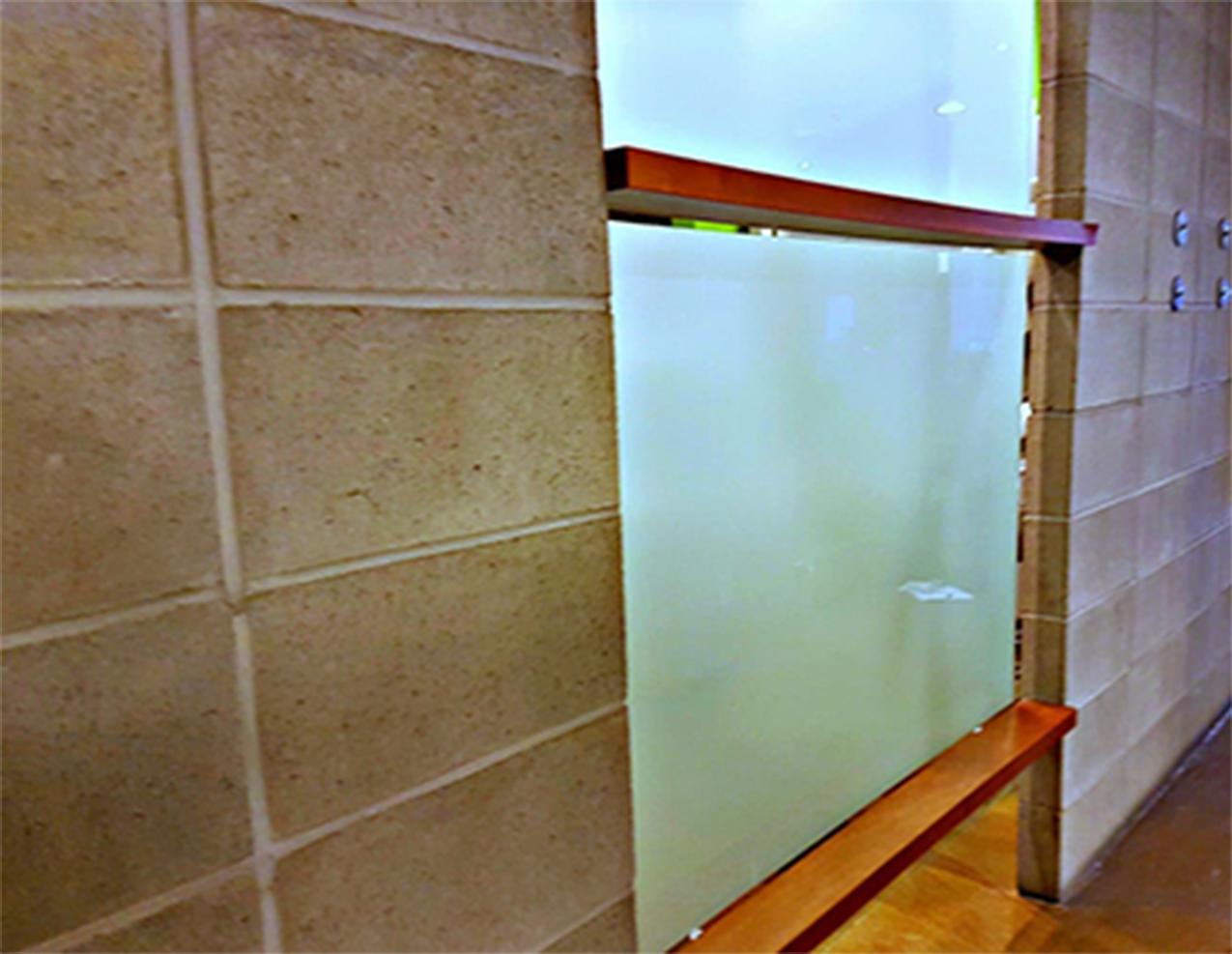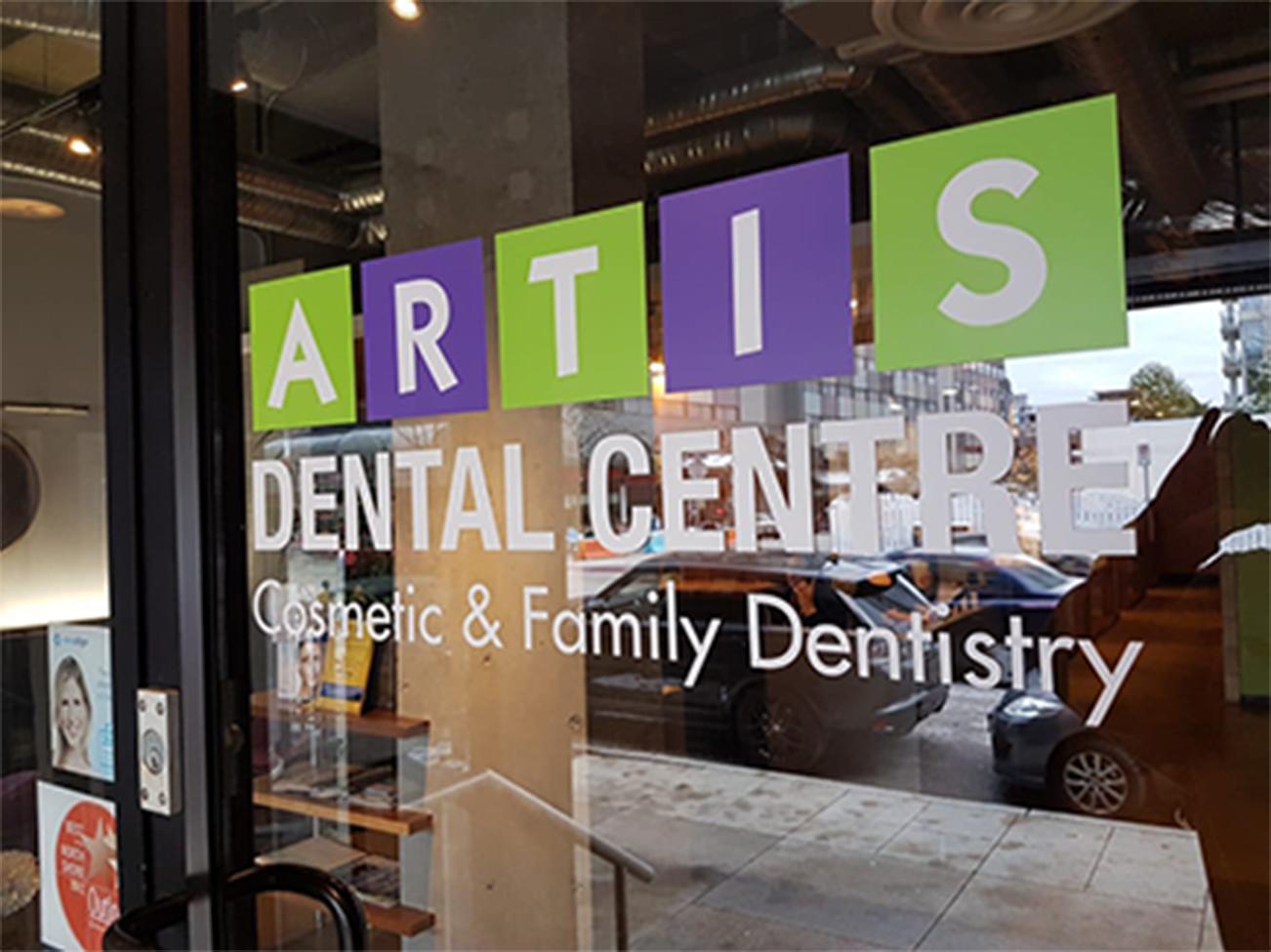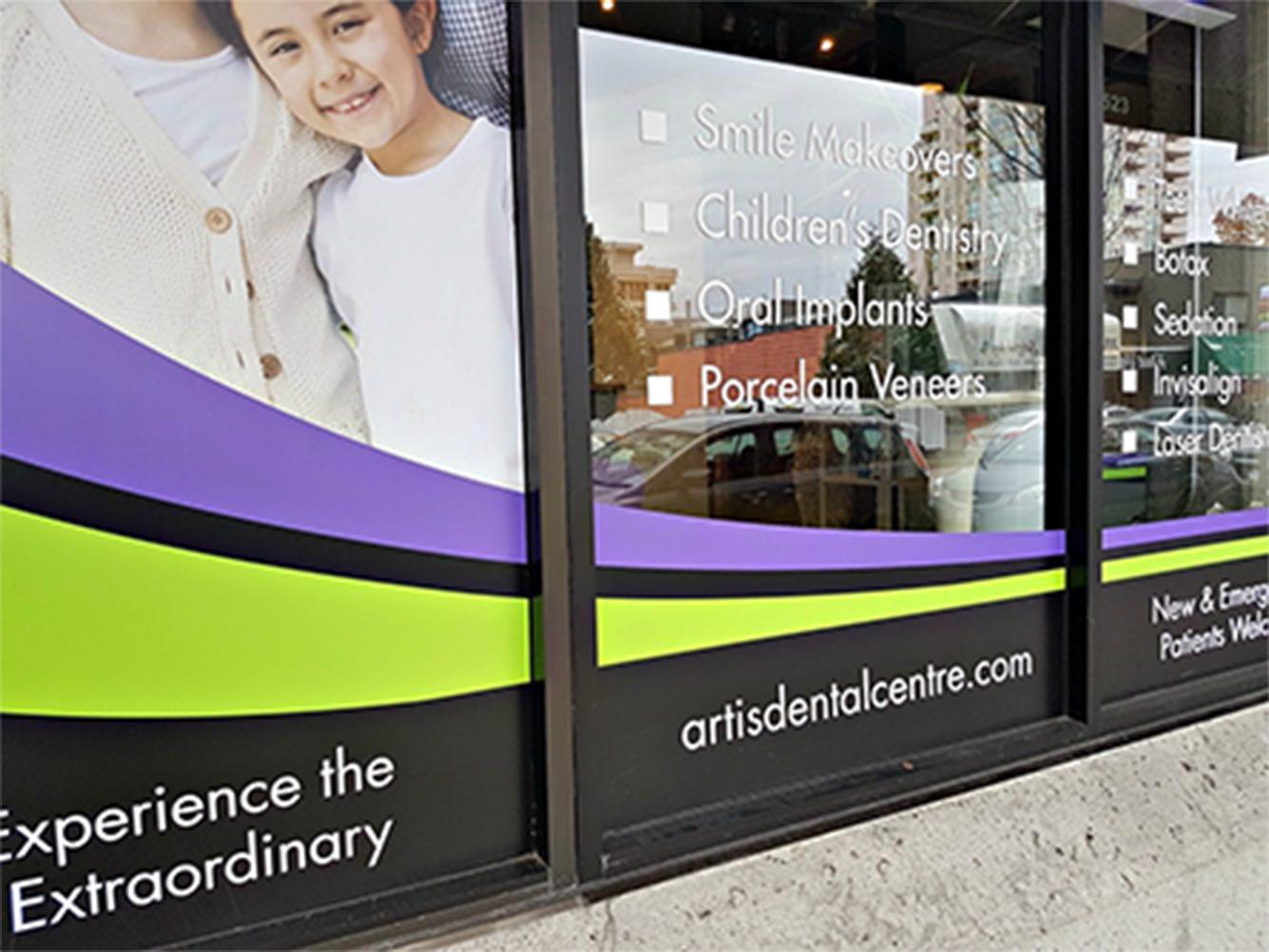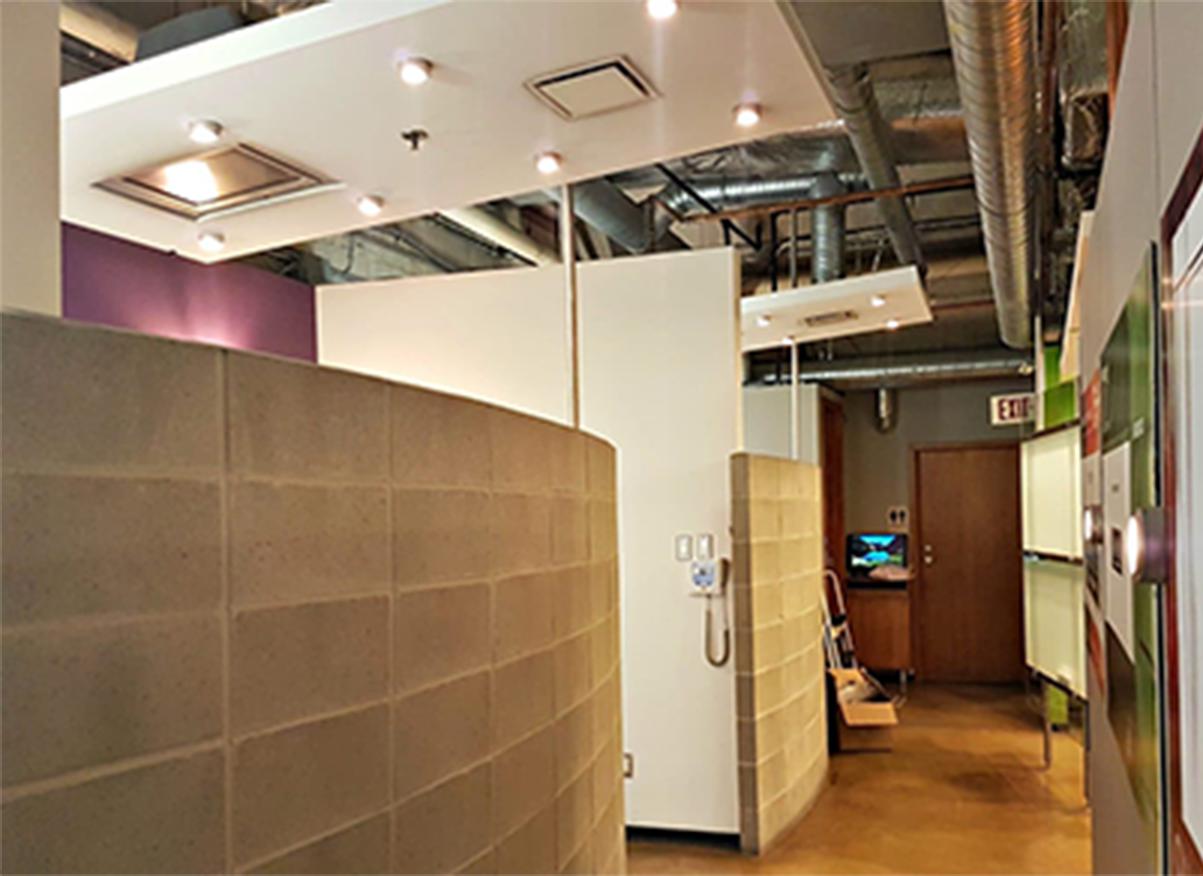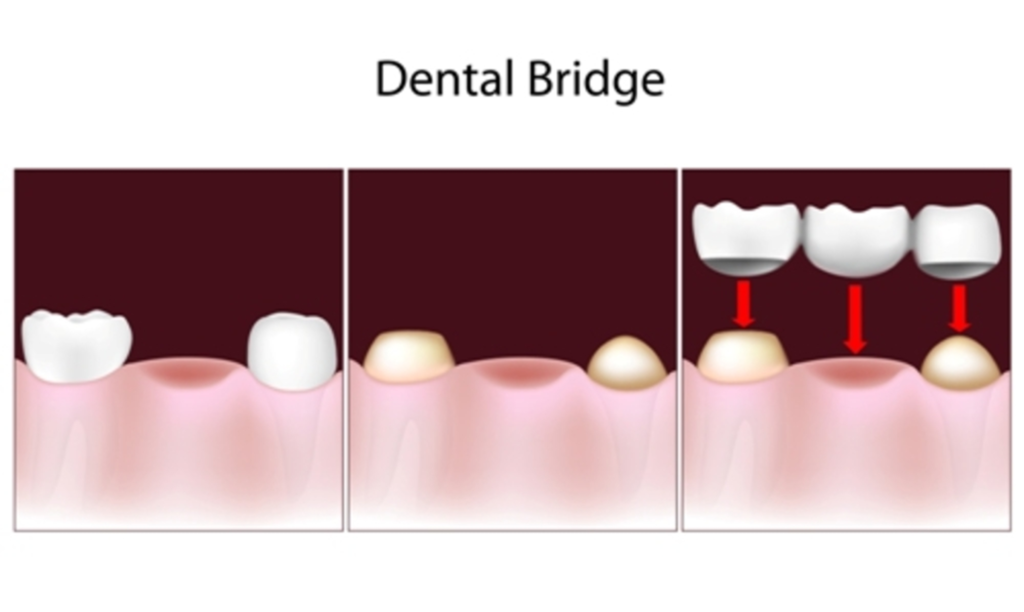
Dental bridges can replace missing teeth, but are they the best option for you? Here is all the information you need about dental bridges so you can make an educated choice and follow your dentist’s advice.
What is a Dental Bridge?
A dental bridge is an artificial tooth made of porcelain, ceramic, or metal that bridges the space left by a lost tooth. The bridge is secured in position by fastening the teeth on either side of the gap. The process’s name was created through this connection, which is a bridge.
If you want to repair a gap without surgery, this is one of the less invasive restorative dental care procedures to have done. The bridge involves less pain and suffering than having a prosthetic implanted directly into your gums and jaw, and the recovery time is short.
Looking More Closely
Uses:
A dental bridge might make someone feel more at ease when smiling. They may be able to chew normally as a result. A person’s bite may change as a result of losing one or more teeth, which could make eating painful or difficult. Replace those teeth to avoid these issues.
A person might require a bridge if:
- When a tooth is irreparably damaged by an accident or injury, it falls out or the dentist must remove it.
- Because the decay or infection is so severe, neither a filling nor a root canal will be enough to treat the tooth.
Types:
Dentists utilize a variety of bridges, including:
- In a conventional bridge, the false tooth or teeth are secured by two crowns, also known as abutments. It can be permanent or moveable, and it is the most common kind of bridge.
- For support, a cantilever bridge just needs one crown. For those who don’t want to harm healthy teeth, this less invasive approach might be a decent choice. The single crown, however, may function as a lever, raising the possibility of tooth and jaw damage.
- Compared to typical cantilever bridges, Maryland bridges are more restrained and less obtrusive. The backs of the teeth on either side of the gap serve as anchors for metal or porcelain frameworks that support the bridge. Although these bridges are less stable, they help protect good teeth.
- Dental implants serve as anchors in bridges that are implant-supported. Although more intrusive and expensive, this kind of bridge is safer.
What To Expect?
Depending on the type of bridge, a specific procedure is chosen.
Preparing the teeth on either side of the gap is the first step in the typical bridge procedure. The dentist near you will remove any decay by grinding down these teeth. After that, they will take a mouth impression to aid in fitting the bridge.
To protect the broken teeth, the dentist will place a temporary bridge over them. Since temporary bridges are not permanent, it is critical to visit the dentist again in a short period of time. Temporary bridges might include components that resemble natural teeth.
When the permanent bridge is prepared, the dentist removes the temporary ones and sets the permanent bridge using powerful adhesives. Although only one tooth requires a crown, the procedure is comparable to cantilever bridges. Since there are no crowns involved, a Maryland bridge requires less preparation. Furthermore, at least two appointments are needed for both of these dental bridges near you.
The process usually starts with implant surgery when someone needs implants to support a bridge. The dentist will next make an impression of the mouth to make a bridge that will perfectly fit over the implants.
Finding Dental Bridges in New Westminster
Dental bridges have a lifespan of five to fifteen years. Your bridge should last roughly 10 years if you take excellent care of it. Bridges require the same maintenance that healthy teeth do. To ensure that your dental bridges last as long as possible, be sure to brush and floss them regularly.
Additionally, it’s crucial to visit the dentist every six months for a cleaning and exam, particularly if you wear dental bridges. Your dentist can now properly clean your bridge and check it for damage as a result. Make an appointment with us if it has been more than six months since your previous dental examination or if you are interested in dental bridges.
Our dentist in New Westminster will consider your dental needs and decide if dental bridges are the right choice for you.







